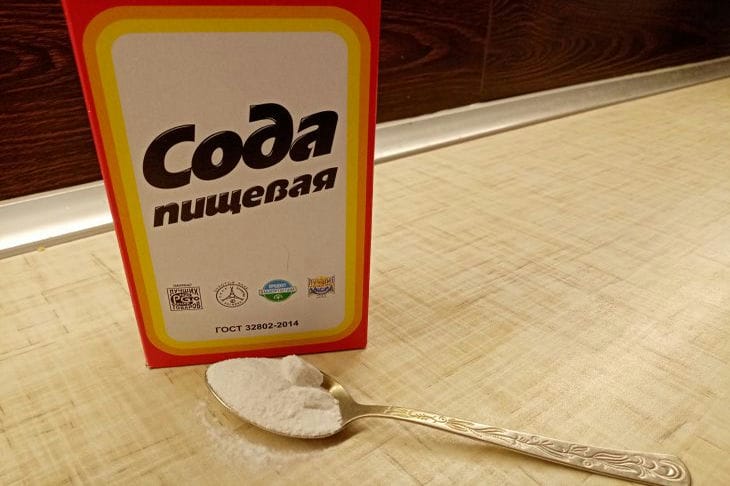What Plants Can Be Treated with Soda: Important Information for Gardeners
Every gardener and vegetable grower dreams of healthy and productive plants.
In pursuit of natural methods of protection against pests and diseases, many turn to folk remedies. One of the most popular is baking soda.
But is treating plants with soda as safe and effective as it seems at first glance, says Anastasia Kovrizhnykh .
Soda in the garden: possible applications
Soda, or sodium bicarbonate, has a number of properties that make it attractive for use in the garden.
Antifungal action: the slightly alkaline reaction of the soda solution creates an unfavorable environment for the development of some types of fungi. Spraying with a soda solution can help in the fight against powdery mildew, late blight and other fungal diseases.

Repelling insects: soda, when it gets on insects, disrupts their breathing process. Some gardeners use a soda solution to repel aphids, spider mites and other pests.
Growth stimulation: soda can increase the pH level of the soil, making it more alkaline. For some crops, such as cucumbers and cabbage, an alkaline environment is more favorable.
Risks and limitations
Despite the apparent safety, treating plants with soda has a number of risks and limitations.
Leaf damage: High concentrations of baking soda solution can cause leaf burn, especially in bright sunlight.
Disruption of the microflora balance: Frequent use of soda can disrupt the natural balance of microorganisms in the soil, which will negatively affect its fertility.
Insufficient effectiveness: soda is not a universal remedy for all diseases and pests. Its effectiveness depends on the type of pathogen or pest, the concentration of the solution, and the method of application.
Rules for using soda
To minimize risks and increase the effectiveness of treating plants with soda, it is necessary to follow a number of rules.
Solution concentration: for spraying plants, it is recommended to use a weak soda solution (1-2 teaspoons per 1 liter of water).
Time of treatment: It is best to spray plants in the evening or in cloudy weather to avoid
leaf burns.
Testing on a small area: Before treating the entire plant, it is recommended to test on a small area and observe the plant's reaction.
Alternative methods of protection
It is important to remember that soda is not a panacea. To effectively protect plants from diseases and pests, it is necessary to use a comprehensive approach, including preventive measures, agricultural techniques and, if necessary, the use of specialized preparations.
Earlier we wrote about how to get rid of bindweed in the garden.
